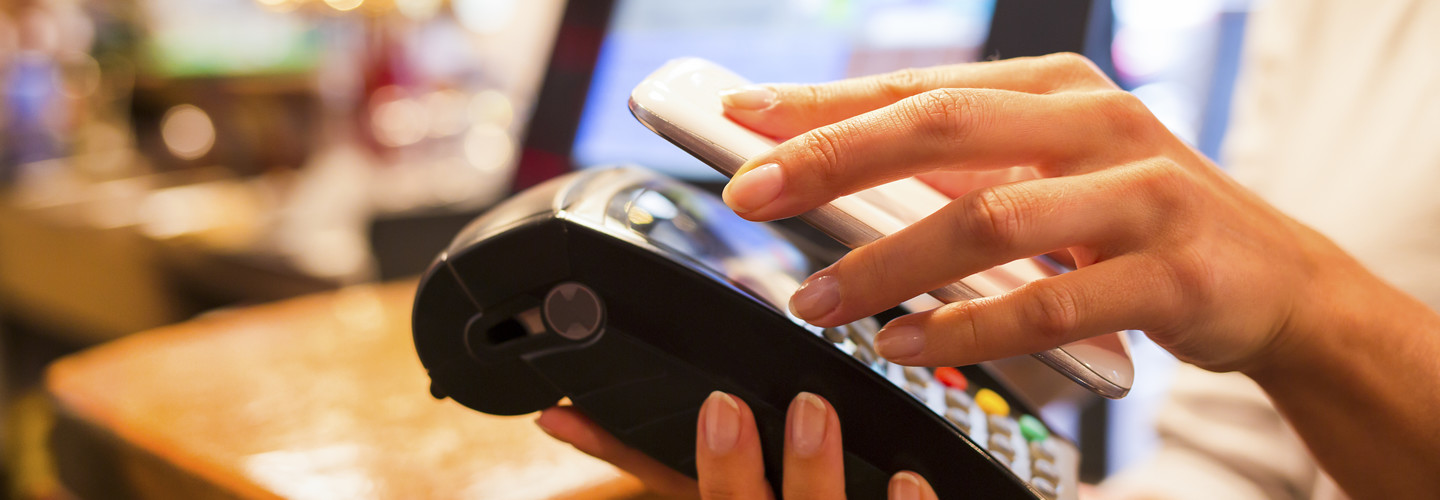What’s Next in Mobile Point of Sale?
“Point of sale” may sound boring, but it shouldn’t be for any business that expects to continue to receive money from its customers. Adding mobile to POS starts a long list of decisions for business owners and managers, starting with whether the POS should be mobile, support customers using mobile devices, or both.
The founders of Square, a maker of mobile payment solutions, realized that a reader plugged into the headphone port on an iPhone could send the 79 characters on track one and the 40 characters on track two of a credit or debit card to a specialized app. The technology has now been copied by every financial processing center, allowing just about every smartphone and tablet today to serve as a cash register. By processing services in the cloud, Square’s little white dongle makes plastic purchases easy everywhere.
The convenience of paying and accepting payments with such a simple tool, of course, makes life easier for retail outlets, down to the kids selling homemade jam at the local farmers market. The good? No more passing up that great cherry jam because you don’t have cash. The bad? Some consultants have convinced retail outlets to do away with cash register stations and give all employees a smartphone or tablet and a dongle. Rather than searching for a salesperson to help you, get ready to search for them to buy what you found on your own.
Overall, the trend is positive: Merchants want to make it easy to purchase their goods, and mobile POS eliminates most of the retail transaction friction.
What’s Better for the Customer?
Mobile POS is being energized by the new Apple Pay feature introduced with the iPhone 6. Users can pay by waving their phones near a reader rather than pulling out a credit or debit card from their wallet. This technology is not particularly new. Near-field communication, or NFC, has been around for 30 years; in 1983 it was first patented as radio frequency ID. Some store loyalty cards today have RFID chips built in, allowing cardholders to wave their card near a reader rather than swipe it. Apple has essentially expanded on the concept.
There are advantages: A little plastic card can’t display remaining balances and other information. Phones, ostensibly, are more difficult to lose than small plastic cards. And, when running out the door, people remember to grab their phones more often than their wallets. Since lowering transaction friction is the goal for mobile POS, one wonders if all the new mobile payment systems are much ado about nothing. Is waving a phone really easier than waving a small plastic card hooked to your keychain?
Maybe not. But vendors aren’t just eliminating friction in purchase transactions, they’re enhancing the entire shopping experience. An RFID tag on a plastic card isn’t smart like an iPhone and certainly doesn’t give you web access. QR codes have given rise to “showrooming,” as smartphone users check online prices for retail products while standing in the store, or scan an ad that will take them to the store in the first place. Mobile POS technologies, in turn, enable proximity advertising: displays that can personalize ads for individual customers as they walk by.
Beyond NFC, retailers who know exactly where a customer is located within their store (and what items he or she is looking at) also will see gains from beacon technology, which doesn’t require scanning or proximity — beacon devices can locate shoppers up to 70 meters away and push information directly to their smartphones. Ultimately, Mobile POS is all about data. Isn’t everything?








